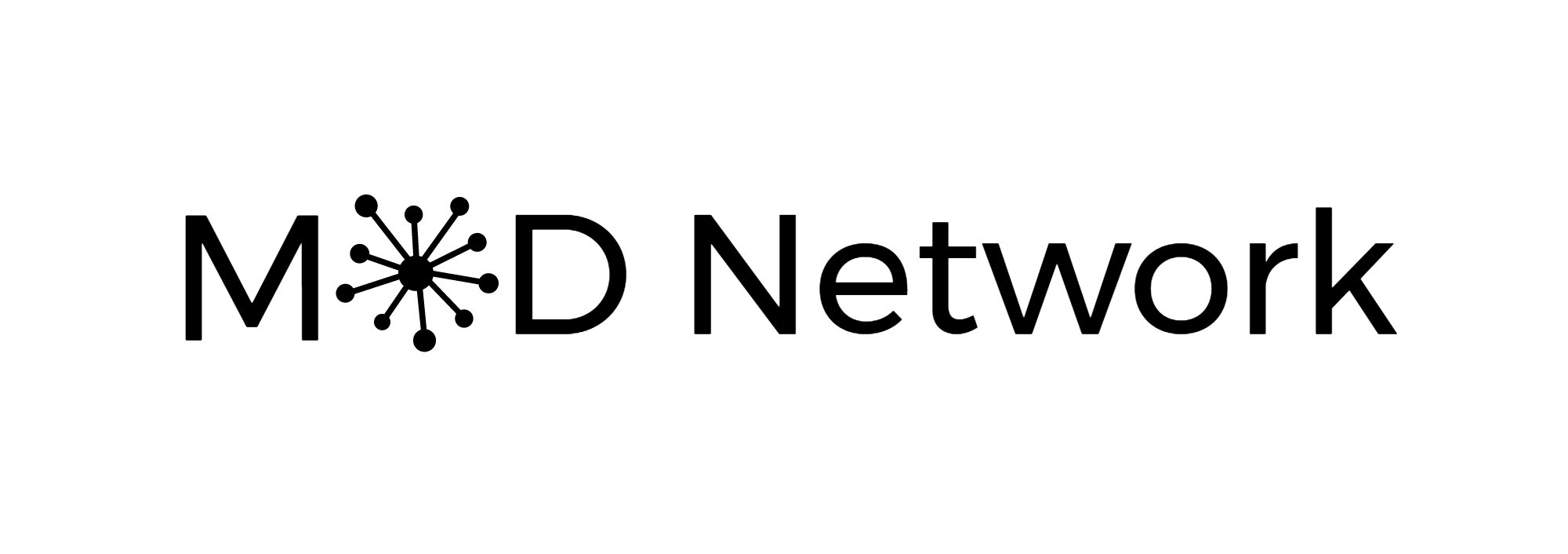Intersection: Intentional listening and note-taking
This week I highlighted Sabina Nawaz’s article: Become a Better Listener by Taking Notes. My primary takeaway was simple, taking time to listen is always well spent.
When under stress, I often listen with the intent to reply rather than to understand. Get this question answered and move onto the next. Unfortunately, this assumes that questions that come to me are transactional in nature, and they're often not. As someone who likes to process out loud, it can be challenging for others to follow along.
Early in my career, I made a conscious effort to move this voice inside my head. That change meant that while the rushing ideas would not interrupt the conversation, it made it hard to listen. It took me months of active training to listen and pause my problem-solving machine from rushing out of the gate and that discipline has paid off immensely.
Problem-solving is addictive. When you think of yourself as the hammer, it’s easy to find other people’s nails to fix. However, we're often solving the wrong problem and we miss valuable information. A favorite professor once said, In the absence of information, people make sh*t up. Without pausing to listen and gather information, your brain is making up the sh*t that fills in the blanks. Consider the difference between these two scenarios:
A: ‘We should hire more staff since we have more demand than capacity.'
B: 'Ok, hire staff until we meet capacity.’
versus
A: ‘We should hire more staff since we have more demand than capacity.’
B: ‘How long are we projecting the capacity shortage to last?’
A: ‘A couple of months. We just got a large short-term contract but no guarantees.’
B: ‘Let’s ask staff if they’d like voluntary overtime for one month and see if that meets the customer's needs. If no staff volunteer, we can bring in temporary staff for two months and see if that addresses the shortage. Either way, can we reassess next month?
The one additional question here to ascertain the scale or scope of the shortage may have saved the company the cost of recruiting and onboarding new staff when there wasn’t the long-term business to support it. Taking the time in conversations to identify the missing information and intentional next steps the intersection point between listening and note-taking.
Sabina's article references a technique called Margin Notes and it helps me stay focused in meetings. However, before we dive into the technique, a few words about why I recommend handwriting notes on real paper:
Research shows that handwritten notes provide enhanced learning and retention of information as opposed to typed notes.
It’s very hard to handwrite notes and multitask with anything else. Research shows that tasks completed by multitasking take up to 40% longer.
Your handwritten notes will provide the blueprint for wherever you chose to keep notes either in hardcopy or online.
I find the Margin Notes technique is essential for web/telephonic meetings and boils down to two basic steps:
Use the main body of your notes page to capture topics and facts about what others are sharing
Use the margins to capture any thoughts, questions, and ideas that are related or unrelated to the conversation
By separating your notes, information is not mixed between the facts presented in the meeting and your ideas or assertions along the way. These notes help you focus contributions and provides actionable to-dos after the meeting. Sabina’s closing thoughts on her article serve as a solid reminder: “Capturing others’ words helps you track what they’re saying, and by writing down your thoughts next to each point, you can ensure you won’t forget important follow-ups while still digesting the conversation. Allowing yourself to listen more deeply to meetings gives you the opportunity to connect the dots, present your ideas more convincingly, and get more real work done in meetings.”
As you look to make change easier, I invite you to listen deliberately and rethink how your note-taking may enhance your effectiveness in the future.
